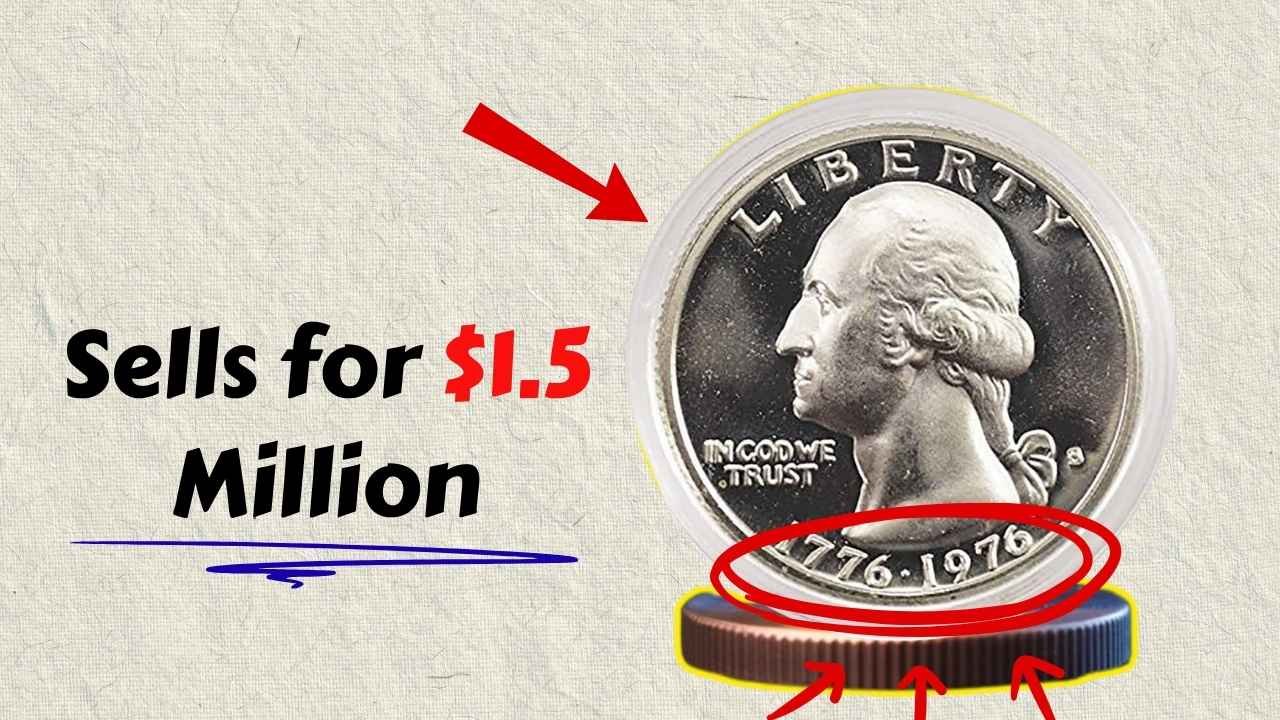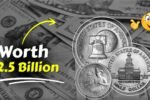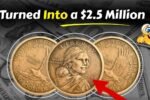Join on WhatsApp
Get the latest updates directly on WhatsApp – motivation, news & more!
Imagine fishing out a quarter from your pocket and realizing it could change your life forever. That’s exactly what happened when a rare 1976 Bicentennial Quarter sold at auction for a staggering $1.5 million. But what makes this coin so valuable, and is there a chance you might have one hiding in your change jar? Let’s break it down.
What Makes the 1976 Bicentennial Quarter Special?
The U.S. Mint released the Bicentennial Quarter in 1976 to mark America’s 200th birthday. Unlike regular quarters, this one featured a unique reverse design with a Colonial drummer, along with the dual date 1776–1976. While billions were produced, only a handful of rare varieties exist and those are the ones that collectors are willing to pay fortunes for.
The record-breaking $1.5 million quarter wasn’t just any coin. It was a pristine, rare specimen with minting details and condition that made it truly one of a kind.
A Brief History of the Bicentennial Quarter
Back in 1976, the Mint released special commemorative coins for the nation’s Bicentennial celebration. These included the quarter, half-dollar, and dollar coins each with patriotic themes. The quarter quickly became popular with collectors and everyday Americans alike.
But here’s the twist: while most Bicentennial quarters are only worth 25 cents, a small number struck in silver or with minting errors can command prices ranging from hundreds to thousands of dollars.
Types of 1976 Bicentennial Quarters and Their Values
| Type | Key Features | Approx. Value |
|---|---|---|
| Standard Clad | Common copper-nickel issue | $0.25 – $5 |
| Silver Proof | 40% silver, special minting | $10 – $100 |
| Error/Variety | Misstrikes, doubled dies, off-metal | $500 – $10,000+ |
| Rare High-Grade | Perfect condition, unique specimen | Up to $1.5 Million |
Why Some Are Worth a Fortune
The big money comes from a combination of rarity, condition, and demand. The million-dollar quarter was graded at the highest professional level and carried an unusual minting story. For collectors, it wasn’t just a coin it was a piece of American history preserved in near-perfect condition.
How to Check If You Have One
Think you might have a valuable Bicentennial quarter? Here’s what to look for:
- Check the Edge: Silver quarters have a solid silver edge, while clad ones show copper.
- Inspect for Errors: Off-center strikes, double images, or unusual markings can mean big money.
- Condition Matters: Coins in mint state (MS67 or higher) can skyrocket in value.
Quick Identification Guide
| Feature | What to Look For | Potential Value |
|---|---|---|
| Edge Color | Silver edge vs. copper core | $10 – $100+ |
| Mint Errors | Off-center, doubled die, misstrikes | $500 – $5,000 |
| High Grade | MS67+ certified | $1,000 – $1.5M |
Tips for Collectors
- Don’t Clean Your Coins: Cleaning reduces value significantly.
- Get Professional Grading: Certification from PCGS or NGC confirms authenticity.
- Store Properly: Use protective holders to keep coins in top condition.
Final Thoughts
The story of the 1976 Bicentennial Quarter that sold for $1.5 million proves that history sometimes hides in plain sight. While most quarters in your pocket change are ordinary, a lucky few carry extraordinary value. So the next time you spot a coin dated 1776–1976, take a closer look it might just be worth far more than 25 cents.


